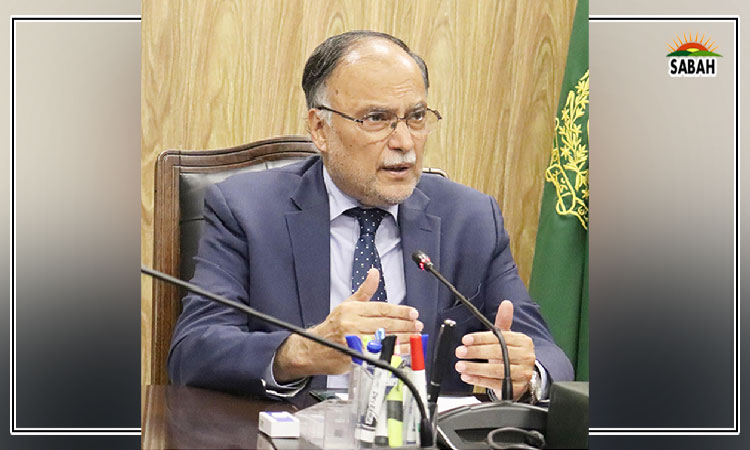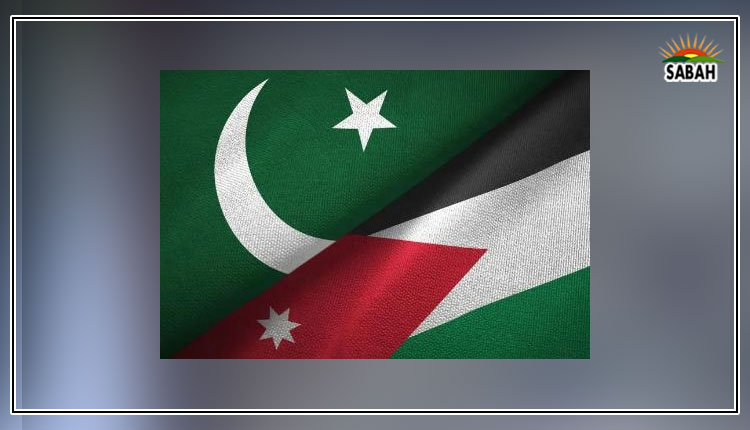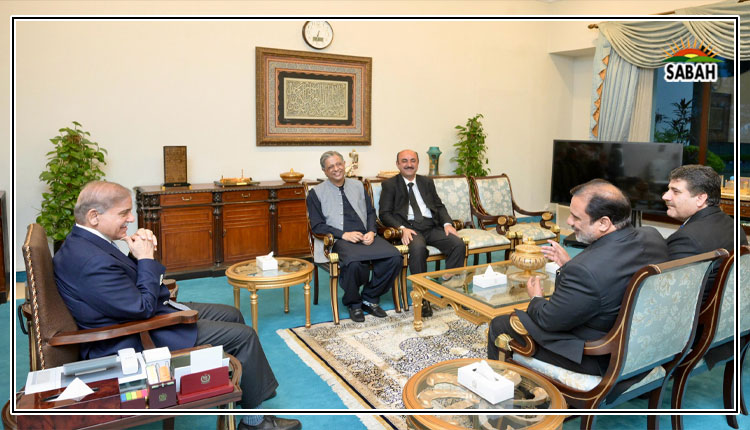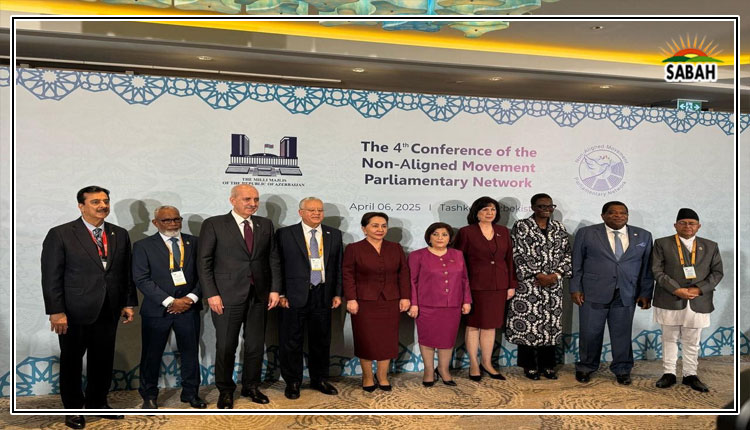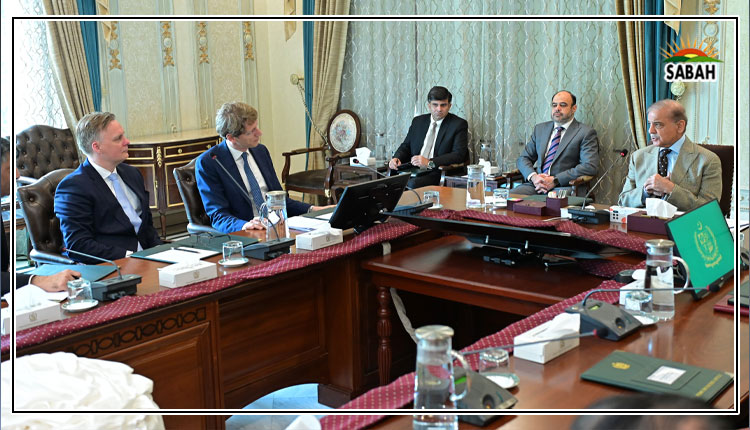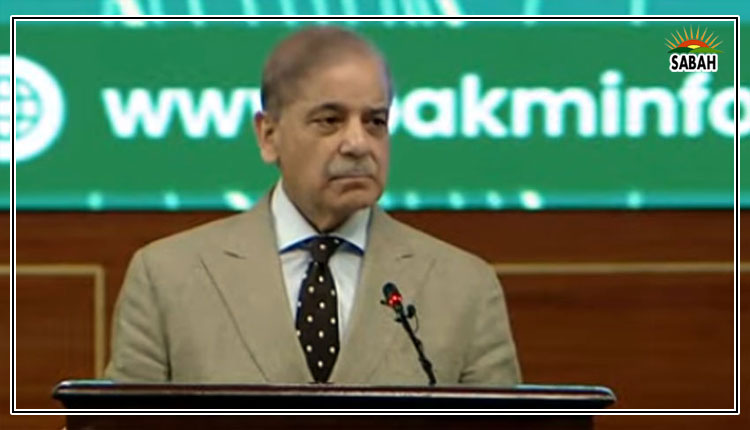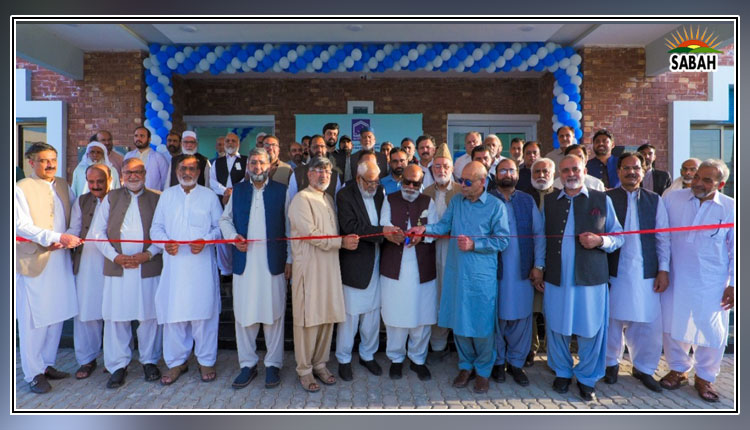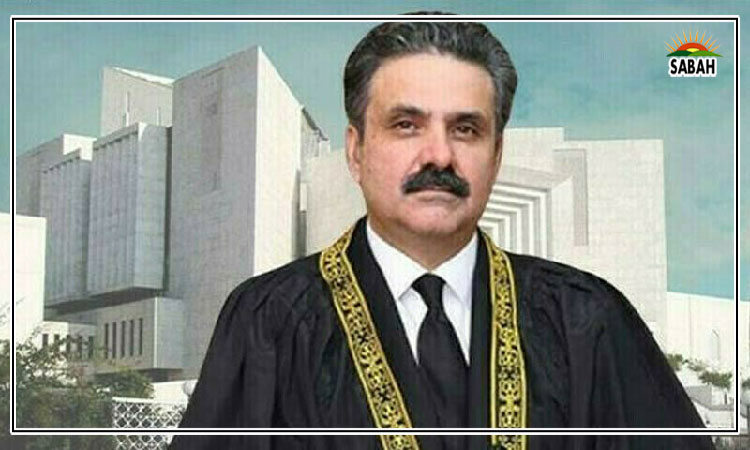We need to move on BRICS Plus۔۔۔۔۔ Maheen Shafeeq
BRICS membership of five states – Egypt, Ethiopia, Iran, Saudi Arabia, and the United Arab Emirates (UAE) took effect on January 1, 2024. As of the August 2023 Summit in Johannesburg, a sixth member – Argentina – was also expected to join BRICS. However, new Argentinian President Javier Milei, who came into office in December 2023, wrote a letter to BRICS countries withdrawing their membership owing to differing foreign policy from the previous government that attempted to expand ties with the developing world.
With the welcoming of five new members, BRICS seems to have achieved its initial goal of expansion. Last year this was a major target of this grouping, and the process seemed to have gone forward smoothly despite some diverging debate between India and the rest of the members on the criteria of membership. The newly welcomed members have doubled the economic and political clout of the group, accounting for a combined GDP of $28.5 trillion or about 28 per cent of the global economy.
Notably, these new members produce about 44 per cent of the world’s crude oil. While a Chinese company recently started crude oil extraction in Ethiopia, other new members of BRICS, Egypt, Iran, Saudi Arabia and the UAE, have large oil reserves and are part of OPEC (besides Egypt). This implies that these countries play a prominent role in regulating the oil supply to impact the prices.
In its grand strategy, BRICS Plus seems keen on playing a larger role in influencing the prices and supply from the oil market including oil trade routes from the Gulf of Aden and the Persian Gulf to East Asia. Both the top oil suppliers (Saudi Arabia, Russia, Iran, and the UAE) and the consumers (China, India, Brazil, Egypt, and South Africa) are part of the BRICS Plus and also share coastlines with major trade routes. The two new members of BRICS Plus, Iran and Saudi Arabia, had adversarial relations cemented through a Chinese-brokered peace in March 2023. The next crucial step of BRICS Plus will be how the BRICS members will carry out financial exchanges in currencies other than the U.S. dollar to subside its global domination.
One of the key elements of BRICS is the New Development Bank (NDB) established in 2015 by the BRICS member states to hand out development financing loans. To ensure an inclusive grouping, the NDB’s General Strategy 2022-26 stated lending emerging market currencies is expected to increase by 30 per cent in 2026 from 22 per cent in 2021. However, so far, about 70 per cent of the NDB’s funding and financing is conducted in US dollars.
Though the NDB started lending in Chinese yuan in 2021 and 2022 for development projects in China, bidding for bonds in the South African currency rand started just before the Johannesburg Summit in August 2023. The structuring of bonds and lending money in the Indian rupee, Russian rouble, and Brazilian real, and the currencies of new members are yet to be seen. These measures are said to be institutionalized by the next rotational chairman of BRICS, Russia.
President Vladimir Putin of Russia, in his statement on assuming the chairmanship of BRICS, stressed on practical implementation of the Strategy for BRICS Economic Partnership 2025 and the Action Plan for BRICS Innovation Cooperation 2021-2024 that focused on enhancing the role of BRICS in the international monetary system, expanding interbank cooperation and use of national currencies in mutual trade.
While the use of national currencies might help offer an option to move away from the US dollar and spare the countries the conversion rate, it might not be practical for all countries. Russia itself, for example, found the reserves of the Indian rupee purposeless due to a lack of demand and global strength. Likewise, it remains unsure how many countries will be willing to trade in local currencies, especially currencies of developing countries with lower global value.
While the global value of the Russian rouble remains low due to the Russia-Ukraine conflict, this setup might give a boost to the Chinese yuan at most. There is a potential for the use of currencies of the top exporters of oil such as Saudi Arabia and the UAE.
BRICS is being projected as a drift away from the US-led world order and a campaign for de-dollarization. However, the formalization and operationalization of BRICS and the use of currencies other than the US dollar would only open an alternative trade option rather than diminishing the dependence on it. These options project a move towards a multilateral world order that is dominated by neither power.
The enthusiasm shown by states, particularly the oil-exporting and developing states, towards BRICS, is to enhance their options and flexibility to endure the shocks of economic uncertainties. The oil-producing states such as Egypt, Iran, Saudi Arabia, and the UAE are looking to expand their options in the geopolitical sphere.
BRICS has shown a willingness to expand the grouping further. As per President Putin’s statement, about 30 new countries have shown willingness to join BRICS in one form or another. While BRICS remains keen on expanding the pool to advanced countries, it will also be considering emerging and developing economies.
Pakistan’s envoy in Russia confirmed that Pakistan has applied for BRICS membership. While the application to join BRICS remained a debated subject in Islamabad, many have shown a willingness to join the grouping. Pakistan was sceptical of being viewed as taking sides in bloc politics and was cautious of India’s opposition. However, Islamabad remains confident that under the chairmanship of Russia, its application would be given value due to its close ties with China and mutual benefit from CPEC. BRICS surely offers an emerging multilateral forum that proposes an alternative international monetary system.
As an unsaturated and developing market, Pakistan must be on the table and part of the discussion moving forward. However, it is vital to acknowledge that the NDB evaluates currencies and funding based on risk policies, market conditions, and members’ demands.
Given the low value of its currency, there might not be takers of the Pakistani rupee. This implies that local currency trade might not be feasible for Pakistan. However, the value of the UAE dirham (Rs76), Saudi riyal (Rs74), and Chinese yuan (Rs40) is lower as compared to the US dollar (Rs280), which offers some hope. Additionally, at present the NDB hands out loans primarily for development financing and not to pull the country from an economic crisis, so Pakistan should not expect the NDB to do so.
To conclude, this necessitates that Pakistan adopt an all-hands-on-deck approach to seriously and efficiently pursue development projects country-wide. This would strengthen its economy and increase the value of its currency to benefit from BRICS and the options in the emerging world order.
The writer is a research analyst in emerging technologies and international security. She tweets/posts @MaheenShafeeq
Courtesy The News


